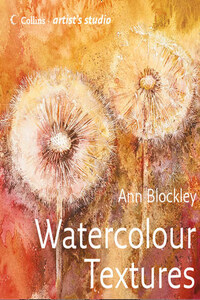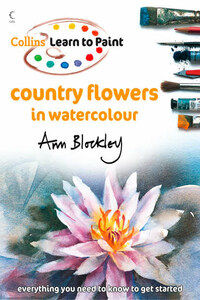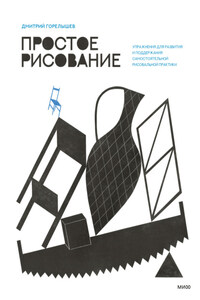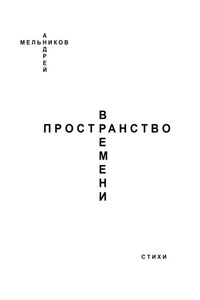Copyright
First published in 2007 by
Collins, an imprint of
HarperCollinsPublishers Ltd
1 London Bridge Street
London SE1 9GF
The Collins website address is: www.harpercollins.co.uk
Collins is a registered trademark of HarperCollins Publishers Limited.
© Ann Blockley, 2007
A catalogue record for this book is available from the British Library
Ann Blockley asserts the moral right to be identified as the author of this work.
Editor: Diana Vowles
Designer: Kathryn Gammon
Photographer: Howard Gimber
All rights reserved under International and Pan-American Copyright Conventions. By payment of the required fees, you have been granted the nonexclusive, non-transferable right to access and read the text of this e-book on screen. No part of this text may be reproduced, transmitted, downloaded, decompiled, reverse engineered, or stored in or introduced into any information storage retrieval system, in any form or by any means, whether electronic or mechanical, now known or hereinafter invented, without the express written permission of HarperCollins e-books.
Source ISBN 9780007213856
Ebook Edition © SEPTEMBER 2018 ISBN: 9780008328245
Version: 2018-09-24
HarperCollinsPublishers has made every reasonable effort to ensure that any picture content and written content in this ebook has been included or removed in accordance with the contractual and technological constraints in operation at the time of publication.
Introduction
Dandelion Clock
37 à 52 cm (14½ à 20½ in)
Watercolour is most often regarded as a medium used to create delicate, translucent pictures rather than one capable of vigour and dense textures. However, taking such a narrow view of it is to overlook the immense range of expression it offers to the artist who is prepared to explore and experiment, testing the limits of what can be done with it when it is handled with an open mind and a spirit of creativity.
It is the aim of this book to encourage you to discover a textural approach to painting in watercolour, both employing it alone and combining it with other mediums, and even materials too â collages are not beyond the province of the watercolour painting. Indeed, my hope is to encourage you to see watercolour as a medium without boundaries, and one which is superb for the creation of paintings that are rich in texture and interest.
About this book
Ann in the garden of her house in the Cotswolds, where she lives and paints.
This book is designed for artists who have some experience of traditional watercolour methods but would like to explore further and stretch the possibilities of this versatile medium beyond its normal boundaries. The emphasis is on creating textures by manipulating paint to build a wide variety of textural effects and by also using acrylic, gouache, inks and other materials, both on paper and other surfaces. It is a book for those who want to learn how to experiment and play with paint.
However, the book is concerned not only with practical techniques but also with the thought processes involved in the development of a painting. Before one can paint in a truly creative and liberated manner a certain painterly way of viewing the world needs to be learnt. The looking and thinking are as important as the painting itself. Throughout the book I have emphasized this concept and given you some suggestions as to how you can develop your own ways of seeing.
Orchid
41 Ã 33 cm (16 Ã 13 in)
This orchid was painted much larger than life. I tried to treat the flower as a series of abstract shapes, allowing speckled texture to flow within each area.
I am delighted to be including the work of guest artists John Blockley, Moira Huntly and Shirley Trevena to give you examples of work in a different style from my own. I hope the following chapters will encourage you to practise and explore textures and subjects, thereby developing your own individual painting style.
Throughout the book you will also find a number of practical features:
⢠Explore Further exercises to encourage you to take action and build your confidence
⢠Studio Tips to aid your painting
⢠Projects to help you put the thinking into practice
⢠Demonstrations of paintings shown stage by stage to show you the development of a painting.
Taking risks
The title of the book is Watercolour Textures, but there is a subplot to what this title suggests. The undercurrent theme relates to overcoming the fears that artists experience and to breaking away from the familiar and comfortable. In order to make progress as a painter I believe one has also to develop as a person. The decision to stay still, as an artist as in life, should be due to considered choice and not to fear of change. A change of direction can be scary but may also turn out to be hugely fulfilling and fun.
For me, the development of this book has been a turning point in my painting career which has taken me on a voyage of self-discovery. I have been known as a flower painter for many years. I love flowers and do not get tired of painting similar subjects repeatedly; each time feels like a fresh exploration with something new to be said. However, I had reached a point where there was an element of being so comfortable with my ways of working that the challenges and the rush of adrenalin that come with them were sometimes reduced.









